Conservation
Fundo Los Leones Reserve is an invitation to live in the forest respectfully, in balance with nature and in harmony with the local community. Surrounded by protected areas, this reserve contributes to the conservation efforts of the land, ensuring the preservation of its biodiversity and landscapes over time. Here, self-sustaining communities are created, where development and daily life are consciously integrated into the natural environment, ensuring a legacy of protection and coexistence for future generations.
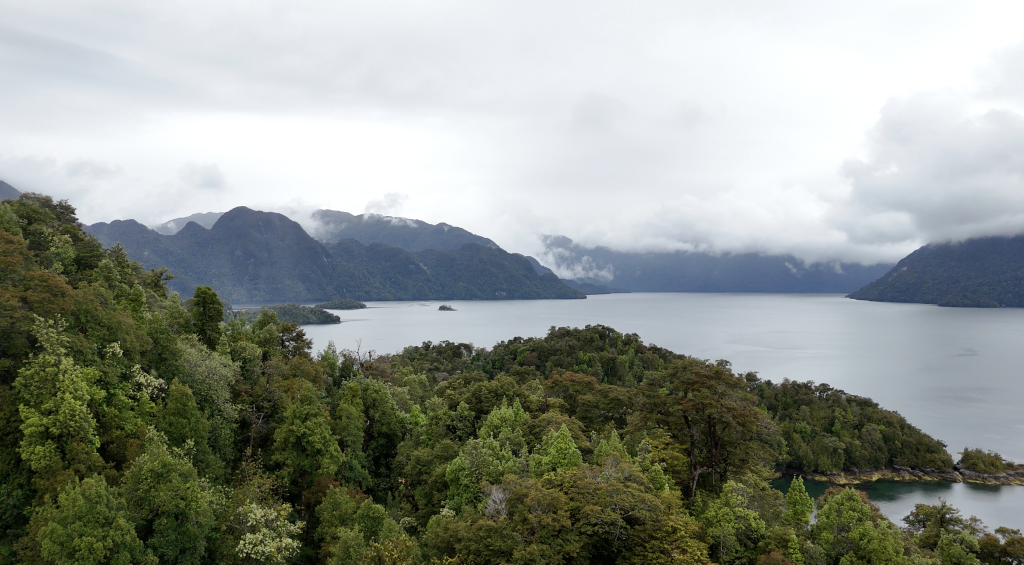
Real Conservation Rights (DRC)
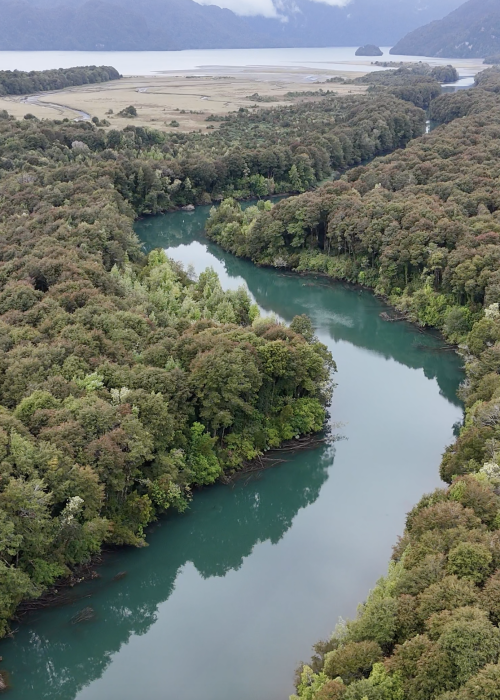
Real Conservation Rights (DRC) is a legal framework that allows private landowners to formally commit to preserving and conserving the environment and biodiversity on their property, protecting it from changes that could negatively affect the natural surroundings. This right is established in Chilean law and aims to ensure the long-term conservation of areas with high ecological value.
Additionally, Real Conservation Rights (DRC) allows for the establishment of regulations and guidelines for communities, covering aspects such as architectural design, sustainable architecture, the use of clean energy, landscaping, responsible pet ownership, small-scale agriculture, forest management, and waste management, among others. The goal is to preserve biodiversity and minimize environmental impact while promoting development that harmonizes with the natural environment.
Benefits of DRC
- Permanent legal protection of the property, ensuring that the land is exclusively used for conservation, even if the ownership changes.
- Protection of biodiversity through the conservation of key species for the health of ecosystems.
- Mitigation of climate change through carbon capture and climate regulation.
- Support for local economies through ecotourism and job creation.
- Improvement of water and soil quality through healthy ecosystems that filter pollutants and protect water resources.
Sustainable architectural and landscaping design, focused on new technologies, reduction of visual impact, and connection with the surroundings. - Restriction on the introduction of exotic species and responsible pet ownership.
- Use of renewable energy and waste management.
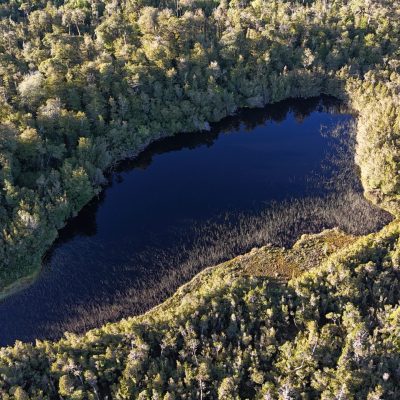
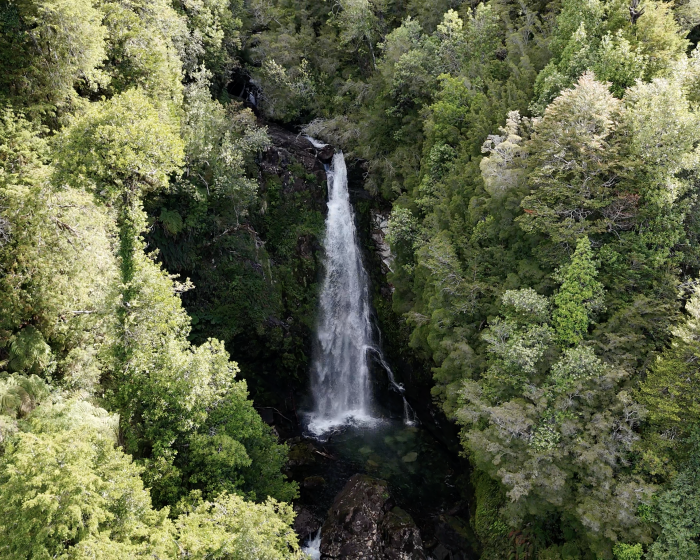
Biodiversity
The climate in this area of the region is temperate and oceanic, with mild winters and cool summers. Temperatures range from 5°C in winter to 18°C in summer, with frequent rainfall throughout the year, especially during the colder months.
Here, the temperate rainforests typical of Northern Patagonia thrive. The humid and cool environment, combined with abundant rainfall, allows for the growth of dense and varied flora, creating a perfect habitat for various species of fauna, such as birds, mammals, and a rich biodiversity of insects. This type of forest is one of the most pristine and representative of the Patagonian region.
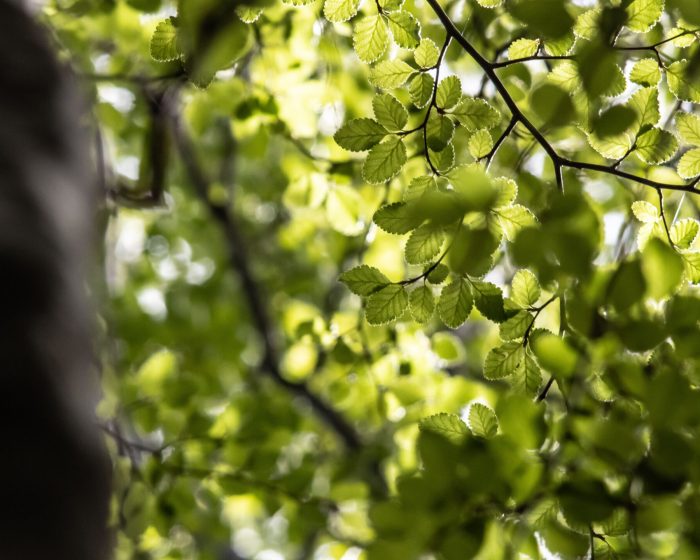
flora
The dominant flora includes native tree species such as the Arrayán (Luma apiculata), Magellanic Coihue (Nothofagus betuloides), Guaitecas Cypress (Pilgerodendron uviferum), and Notro (Embothrium coccineum). These trees create dense forests, complemented by shrubs, ferns, and lichens, as well as a rich diversity of herbaceous and epiphytic plants.
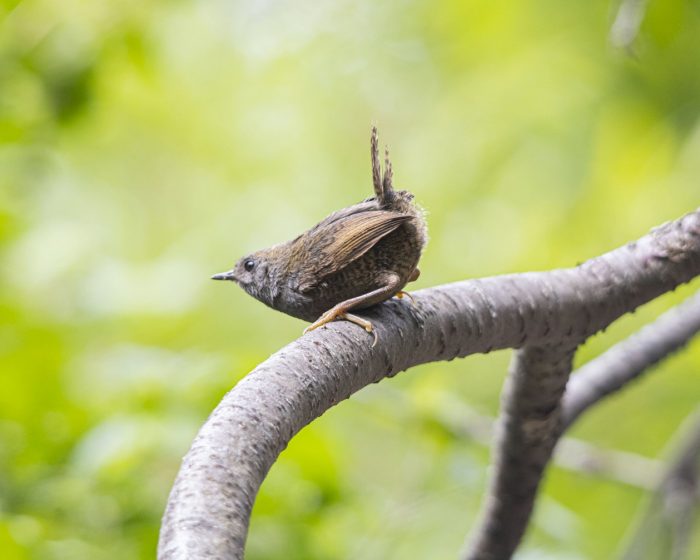
fauna
The fauna is equally diverse and adapted to this pristine environment. Mammal species such as the pudu (Pudu pudu), puma (Felis concolor), and culpeo fox (Pseudalopex culpaeus) can be found. In coastal and marine areas, marine mammals such as the sea lion and a great diversity of dolphins, like the Chilean dolphin (Cephalorhynchus eutropia), are prominent. Birds are a fundamental part of the local fauna, with species such as the woodpecker, chucao, and pitio. It is also common to observe various species of seabirds along the coasts, such as the cormorant and albatross. Regarding insects, the region is home to a large number of butterfly, beetle, and other insect species that play a key role in the ecosystem.
